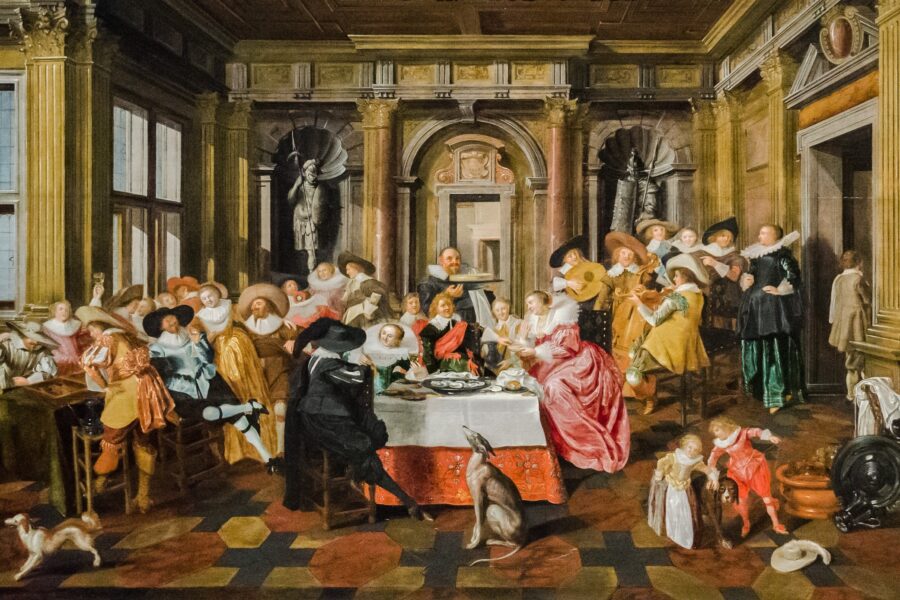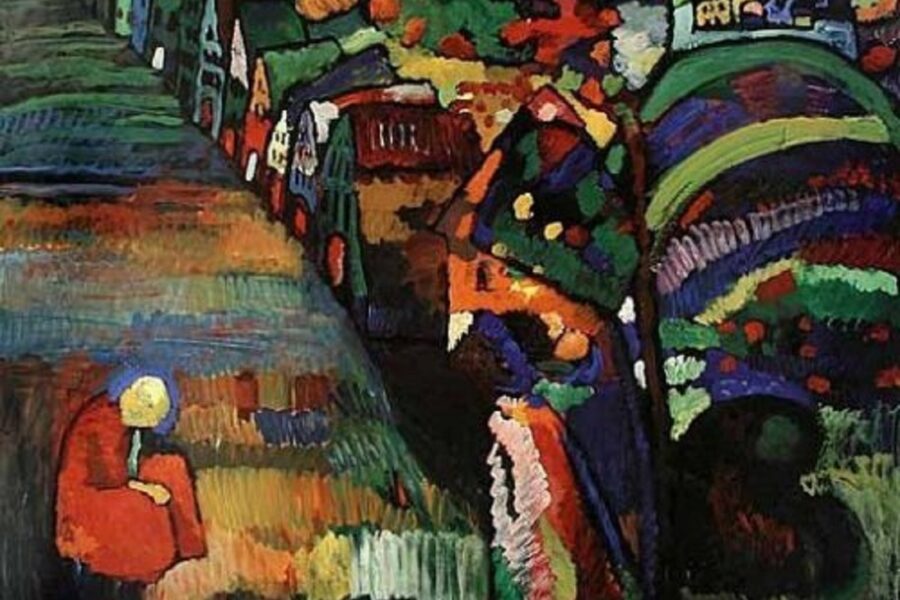When the Nazis invaded the Netherlands in May 1940, the Jewish merchant Jacob Lierens wisely took immediate action: he put his art collection into safekeeping, which was valued at the time of approximately Fl. 3,000,000 (about $27,500,000 USD or 26,000,0000 Euros today).
That swift act helped him and most of his family survive the war…
That swift act helped him and most of his family survive the war, during which Jacob secretly sold off many of his art objects, so that he and his family could survive.
What the Lierens’ collection exactly consisted of is only partially known. What is clear, however, is that Nazi persecution effectively destroyed almost anything Jewish society had developed in The Netherlands, including carefully assembled art collections. Only recently has information surfaced to prove that the two masterpieces restituted to the Lierens family, one by by Jan Davidsz. de Heem and the other by Dirck Hals and Dirck van Delen, were once part of Jacob Lierens’ marvelous collection.
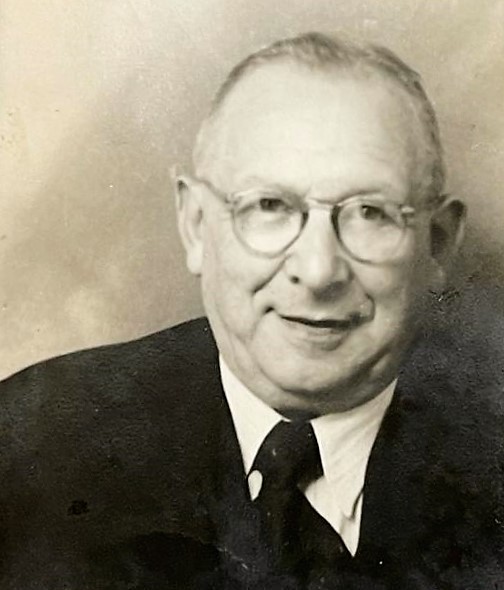
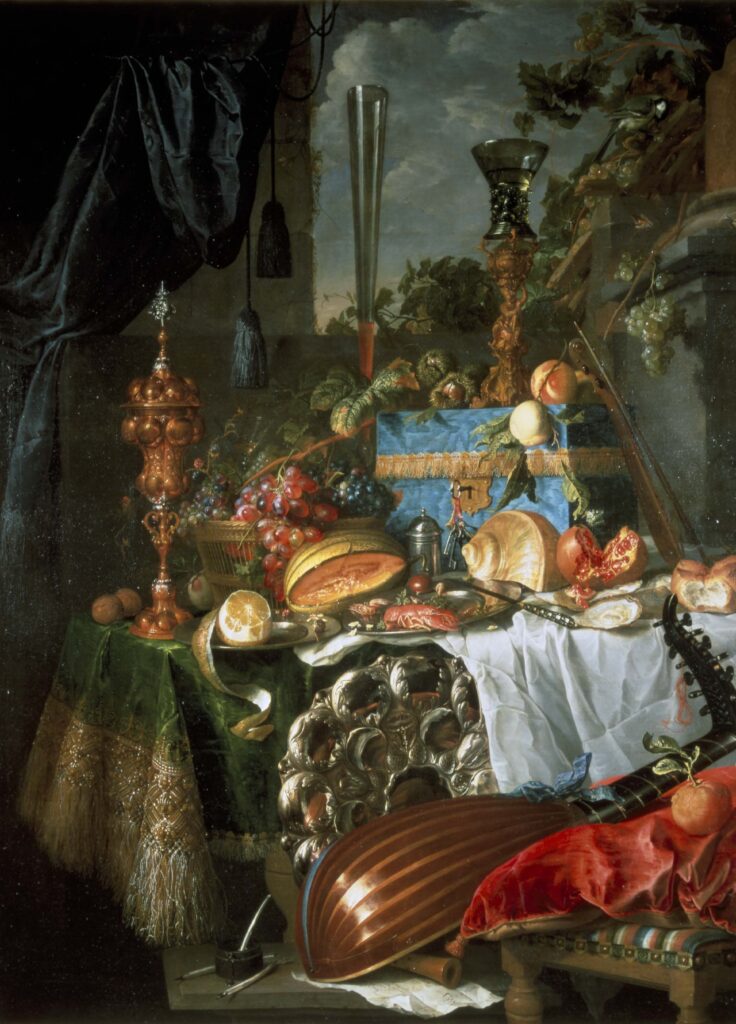
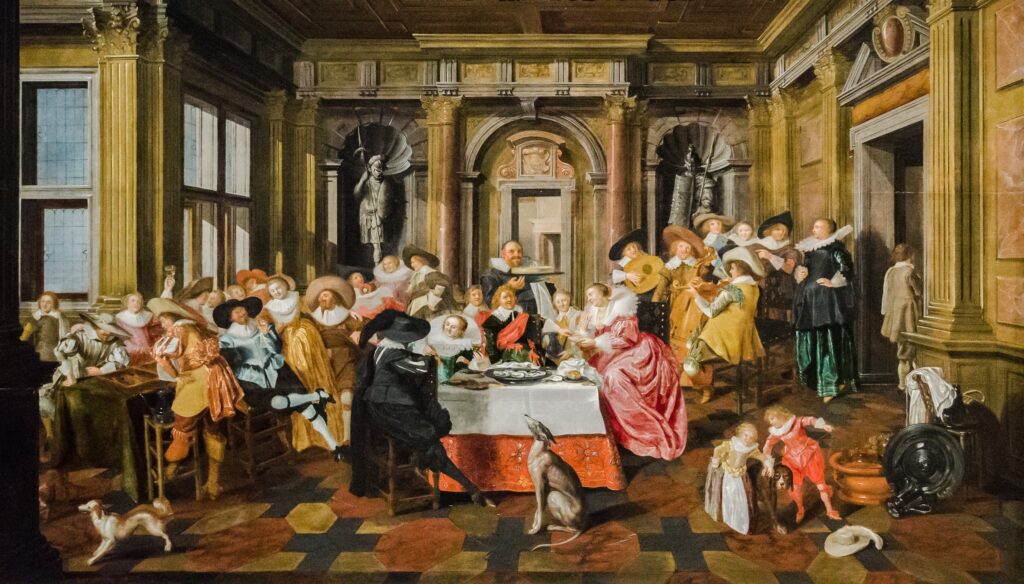
Jacob Lierens made his fortune during the 1910s and 1920s. He was born on February 7th, 1877 in Amsterdam, and was an ambitious man. Just like his father, Hartog Lierens, Jacob also became a paper merchant, and soon competed with his father. The competition between father and son became very heated and even went as far as Hartog threatening his son Jacob with a pistol, which led to a major court case being filed.
It is unknown at what age Jacob began collecting art, but he started making an impression as a collector in 1919. In that year, the Amsterdam-based auction house Frederik Muller & Co organized two sales of the famous Pieter Langerhuizen collection, which consisted of paintings, drawings, ceramics and many other items. According to a news article regarding one of these sales, there was one person in particular who “on the basis of the most competent recommendations” acquired the best and came into possession of a “very exquisite collection”. “This new collector in the field of ceramics and old masters is a certain Mr Lierens.”
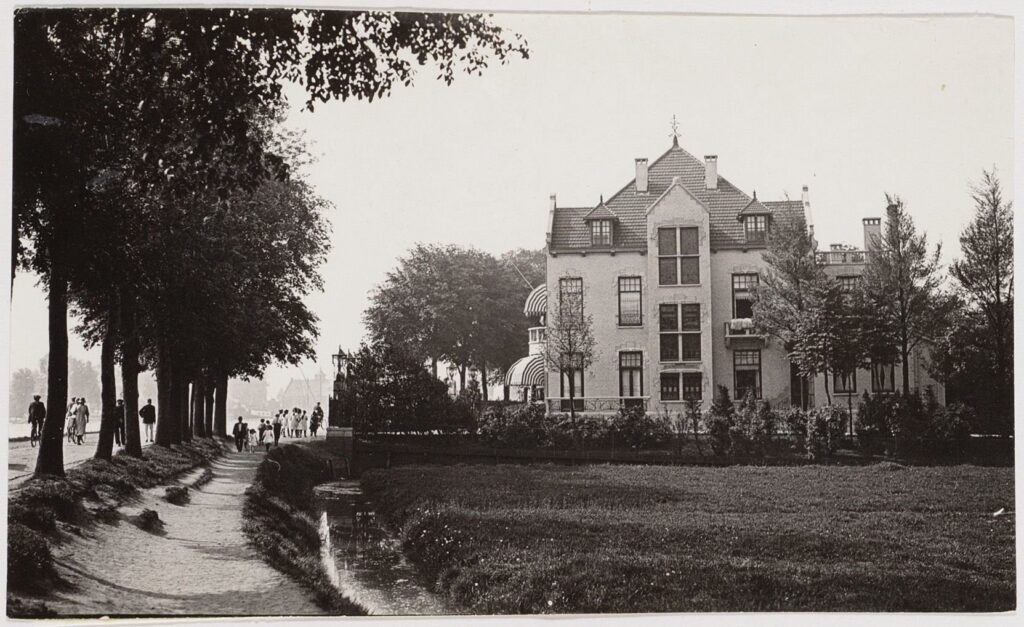
“Villa Johanna” at Amsteldijk 196 in Amsterdam
Jacob continued to explore his passion in art and became a frequent buyer, especially at Frederik Muller auction house. Undoubtedly, a large part of his collection was made to decorate and furnish his sumptuous home, “Villa Johanna” at Amsteldijk 196 in Amsterdam, which became Jacob’s family residence in September 1921. Shortly before, on April 12th, 1921, Jacob had acquired the painting by De Heem. Over a month later, on May 24th, 1921, also the painting by Hals and Van Delen became part of Jacob’s collection.
From various sources it becomes clear that Jacob was indeed guided by competent experts when making his acquisitions. One of them was Jonas Alexander van Bever, who acquired artworks at auctions and art dealers on behalf of Jacob, and most likely made recommendations. Annotations in numerous copies of sales catalogs document Van Bever’s acquisitions for Jacob, including the paintings by De Heem and Hals and Van Delen. Van Bever’s correspondence with Museum de Lakenhal in Leiden shows that he also acted as Jacob’s representative in managing the collection, regarding for instance the loan of a group of artworks by Hugo A. Bakker-Korff for an exhibition in 1924.
Other noteworthy acquisitions by Lierens include the Portrait of a Laughing Boy by Isaack Luttichuys, a River Landscape by Salomon van Ruysdael, and objects from the “Chambre Louis Quatorze” of the eminent Feith villa in Groningen.
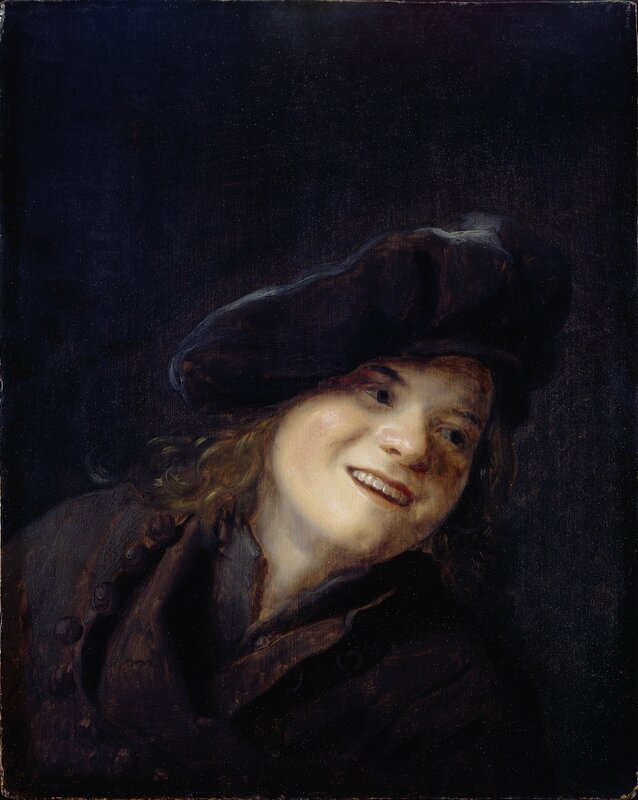
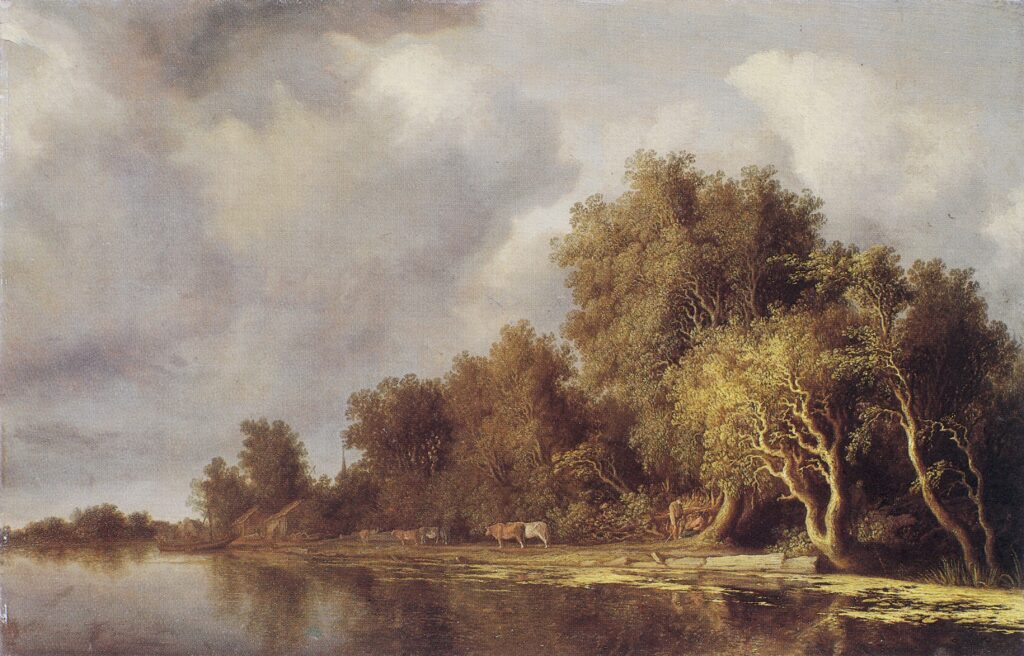
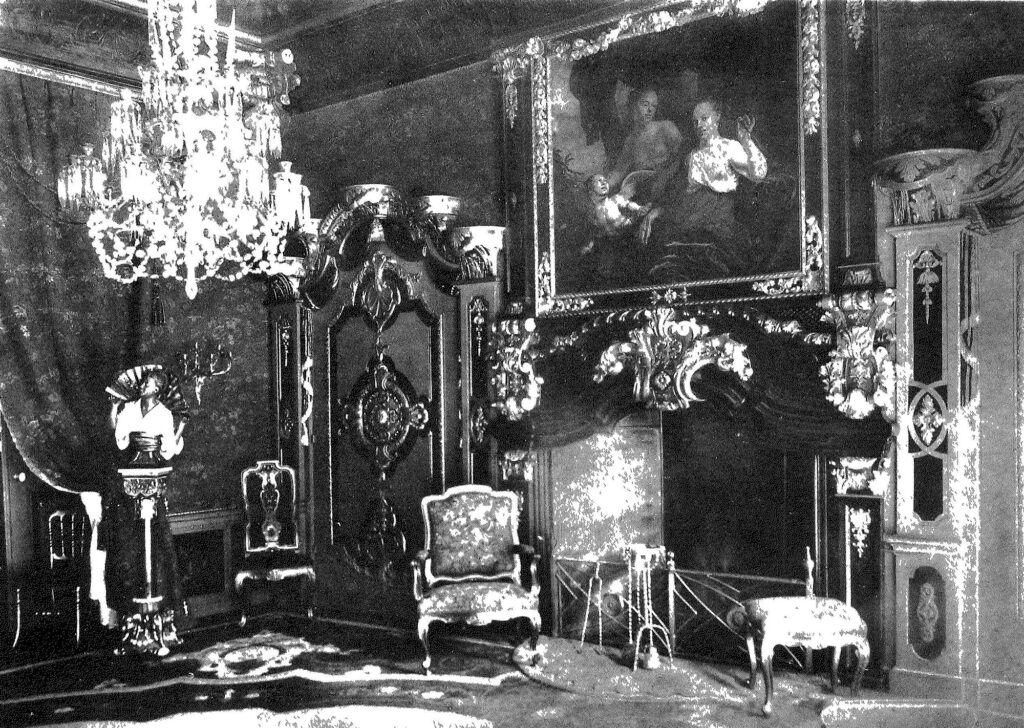
Unfortunately, the anti-Jewish measures of the Second World War caused great harm to Jacob’s collection. By the Nazi decree VO 48/41, of March 12th, 1941, Jewish people in The Netherlands were no longer allowed to run a business. A few weeks later, a German administrator was appointed to Jacob Lierens’ company. Although Jacob could continue working for his own company for a short time, he lost most of his income. This was certainly the reason why he very soon started selling off objects from his art collection.
Today, Jacob Lierens is relatively unknown as a collector because he rarely loaned artworks to exhibits and sold his collection anonymously at auctions during the war. Considering his long-term relationship with Frederik Muller auction house, the director of the auction house tried to help Jacob by including the objects that Jacob needed to sell, as objects coming from “divers” (anonymous collections). Careful examinations of these anonymous sales, which continued during the war, helped to reconstruct the Lierens collection. Especially in relation to the items offered at the Frederik Muller auction of October 14th to 17th, 1941, which were largely provided by Jacob Lierens, including the paintings by De Heem, Hals and Van Delen, Luttichuys and Van Ruysdael.
The collection of Jacob Lierens was fascinating and vast. Although no inventory list of the entire collection exists, it certainly contained hundreds of different objects.
Even though Jacob had found a way to provide income, by these sales, which had taken place under duress, he and his family were still not safe. On March 18th, 1942, his home was confiscated, after which Jacob and his wife had to move to a much more modest residence in Amsterdam. In 1943, the couple was arrested and were deported to Westerbork concentration camp. Jacob and his wife were soon able to secure his freedom, after having paid their way out by exchanging jewellery with a value of circa FL 75,000 (about $550,000 USD or 525,000 Euros today) for a so-called Sperrstempel; a “stamp” to exempt them from deportation.
Fortunately, Jacob knew that this purchased freedom was likely temporary. Instead of returning to their Amsterdam residence, Jacob and his wife went into hiding. In doing so, they were able to survive the German occupation. Nevertheless, part of Jacob’s family did not fare so well: in 1942, Jacob’s daughter Branca and her husband Emanuel were deported to Auschwitz, where they perished. Fortunately, his two other daughters, Rebecca and Esther, and their families, survived the war. Rebecca and her family fled to New York in 1939. Esther’s family, similar to Esther’s parents, went into hiding, which helped them survive.
The collection of Jacob Lierens was fascinating and vast. Although no inventory list of the entire collection exists, it certainly contained hundreds of different objects. This conclusion is supported by the fact that most what was left of the Lierens’ collection, after the war, was sold at auction between the 18th and 24th of October 1949, shortly after Jacob passed away. The auction catalogue showcases the collection’s comprehensiveness and diversity, highlighting its emphasis on Chinese and Dutch porcelain.
Before Jacob passed away, he managed to recover the painting by Luttichuys, but the paintings by De Heem, Hals and Van Delen, Van Ruysdael, and many other artworks sold during the Second World War, remained missing.
By 1941, the paintings by De Heem, and by Hals and Van Delen, had ended up in Linz, Austria, where they were destined to be incorporated in the Führermuseum, which was never completed. After the war, both paintings were rediscovered by the Monuments Men and returned to The Netherlands in July 1946. However, at that time, the original owner’s name was unknown. As a result, the paintings ended up in the so-called NK-collection (Dutch Art Property Collection), which still contains approximately 4,000 objects for which the owners have not been clearly identified.
In 2017 researchers at Mondex were able to establish the connection between the two paintings and Jacob Lierens, after which a claim was filed with the Dutch government. Finally, on April 16th, 2019, the Dutch government agreed to restitute the two paintings on the basis that the family was able to prove ownership at the time of the 1941 auction and that the sales must have taken place under duress.
Jacob’s granddaughter, Elizabeth, still remembers her visits to their family home, Villa Johanna, when she was a little girl, just before the war. Certainly, the many years that Elizabeth had to hide from the Nazis with her parents, in a cramped apartment, at a time in her life when she should have been playing with her friends, was incredibly traumatic. Nonetheless, she and her parents were very fortunate to have survived the Holocaust. She remembers that the villa was filled with paintings and antiques but could not remember specific items in it. However, thanks to the ongoing reconstruction of Jacob’s collection, it will become more and more clear how special this collection was.
Hopefully, many other artworks Jacob Lierens was forced to sell during the war will resurface soon, including the painting by Salomon van Ruysdael, which is still missing. In the meantime, Elizabeth and her family are very happy that the paintings by De Heem, and by Hals and Van Delen have found wonderful new homes at the Getty Museum, in Los Angeles and at the Frans Hals Museum in Haarlem, The Netherlands. They are thankful that these important restitutions have brought some justice and closure to the Lierens family and they hope that these decisions will help other persecuted families achieve similar closure and justice.
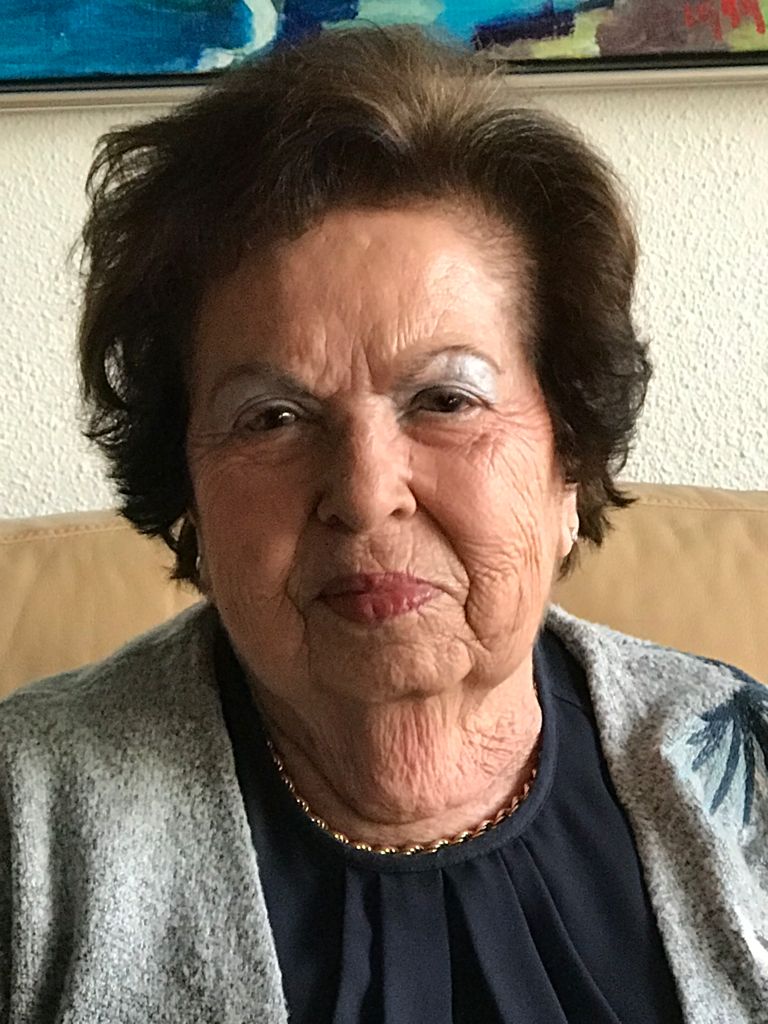
Jacob’s granddaughter, Elizabeth

